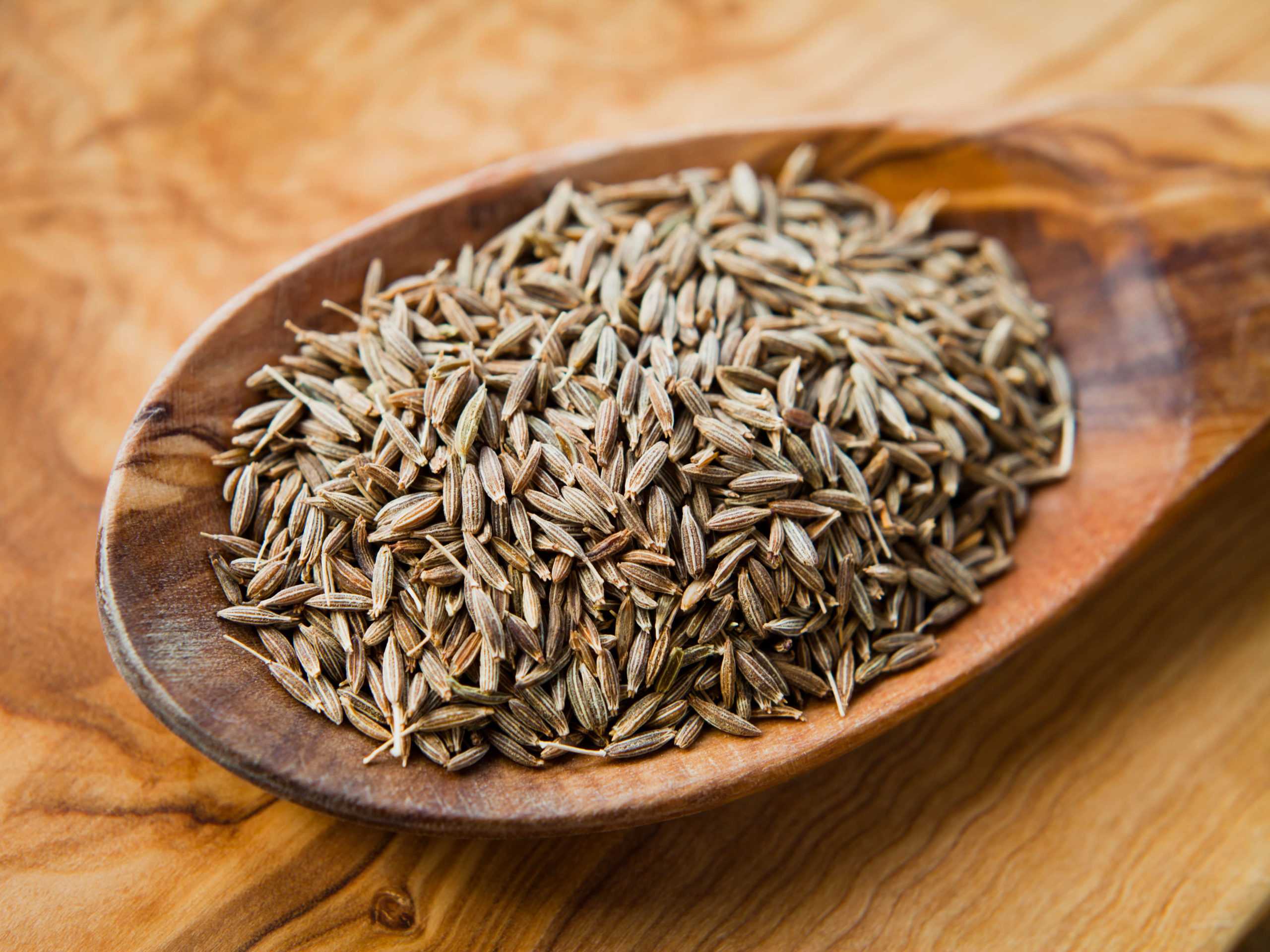What is Cumin?
Cumin was common in many ancient civilizations, having been cultivated for thousands of years. As early as 5000 B.C., cumin was recorded as a mummifying agent for the bodies of ancient Egyptian kings. According to Biblical references, it was used to pay tithes, and by the first century A.D., it had come to be used as a condiment to flavor food.
Cumin “seed” is actually the dried ripe fruit of an annual of the parsley family. The plant grows to a height of 1 – 2 feet with long deep green leaves and small white flowers. Its seedlike fruit is pale green to yellowish-brown and elliptical in shape. Cumin seed bears a strong resemblance to caraway seed, but it is typically longer at an approximate length of 1/4 inch.
Today, cumin plant is grown in Iran, India, China, Egypt, Turkey, and Syria. It requires a mild, constant climate and is susceptible to the extreme heat that may occur during growing seasons. Its seed is ready for harvest only when the plants actually begin to wither after 3 to 4 months of growing.
What is it used for today?
Cumin has a strong, warm and somewhat bitter flavor and is distinctively aromatic. It is essential in most curry powder and chili blends. It is a common ingredient in Dutch cheeses, Latin American chili dishes and German meats and sauerkraut.
To learn more about the spices and seasonings that Fuchs has to offer, click here. Our experts are ready to educate your team on all things spices and seasonings. To find out more, contact us.


